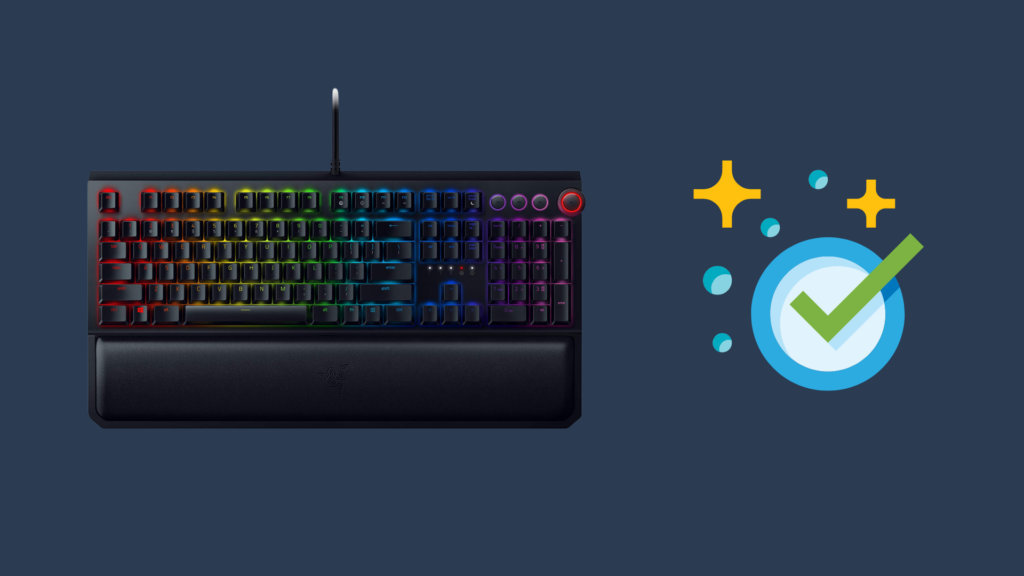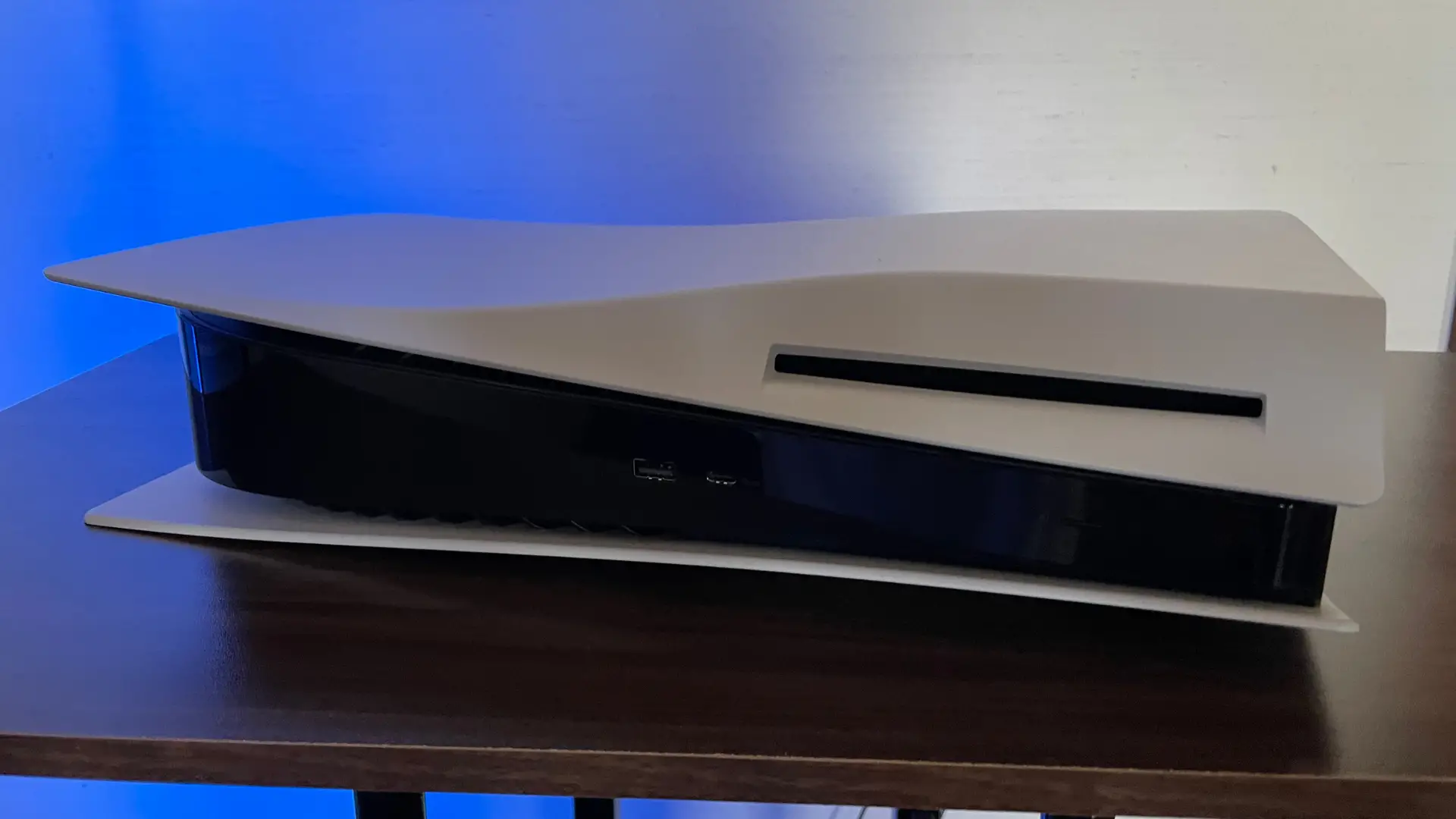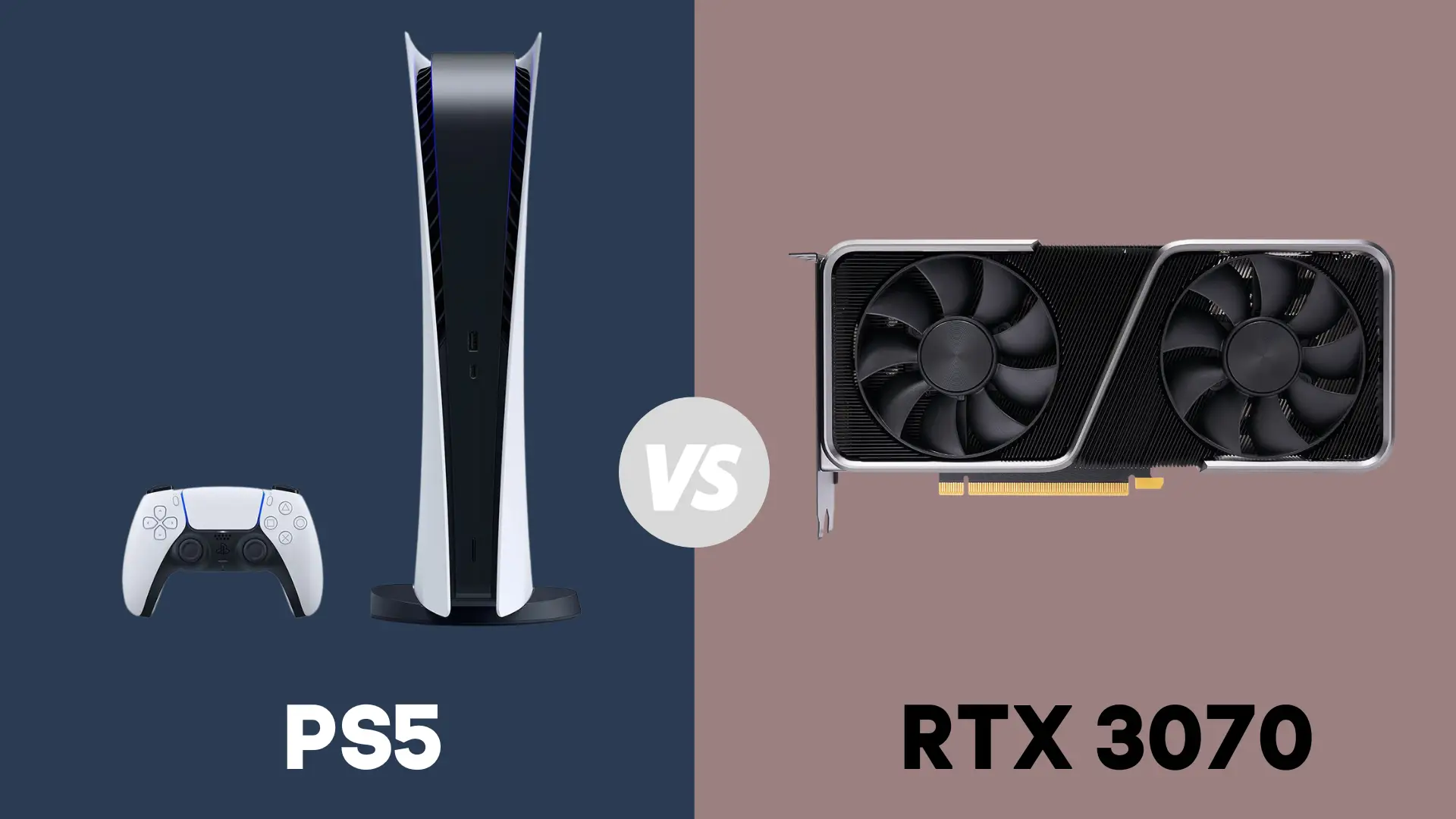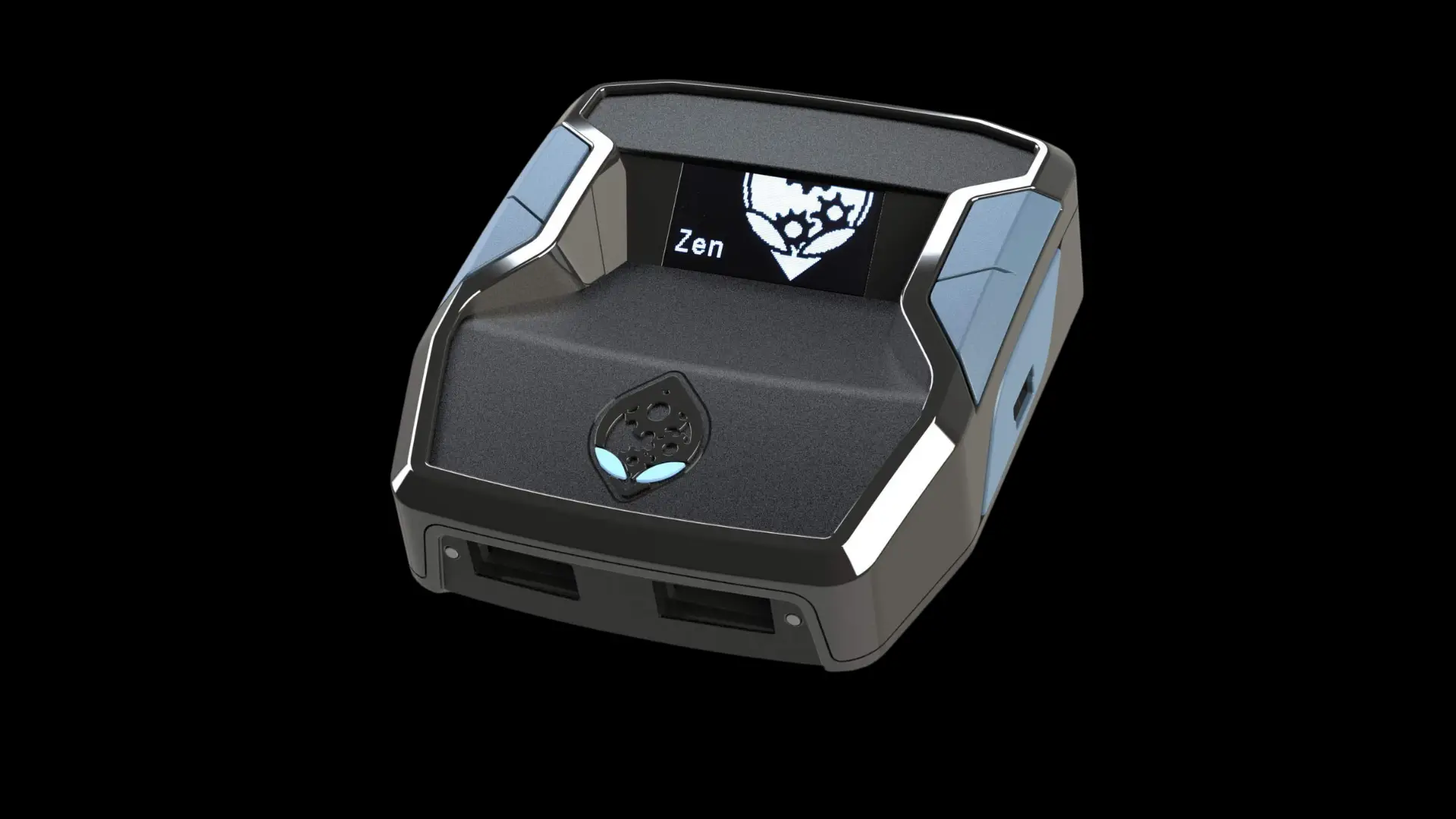How to Clean a Razer Keyboard (Complete Guide)

When your electronics get dirty, it can be difficult to get them clean. Sometimes, it is as simple as getting dust or debris out of the electronic device, while other times, it may be so drastic that you won’t be able to get it completely clean. Keyboards are often a frustrating electronic device to clean, mainly due to the fact that there are so many nooks and crannies things can get into, and a Razer keyboard is no different. But how do you clean a Razer keyboard?
The method of cleaning the keyboard depends on what needs to be cleaned. For example, if dust and debris get under the keys, one of the best ways to do this is to carefully remove the keycaps and use a lint-free microfiber cloth to clean them out. You can also use compressed air to blow it out.
But is there a safe way to remove the keycaps from the keyboard? And what do you do if you need to clean something more serious on your Razer keyboard?
How to Clean a Razer Keyboard:
Use a dry, lint-free microfiber cloth
Your keyboard will inevitably have dust and debris collected under the keys over time. A minor amount of dust and debris is not at all out of the ordinary, mind you, and will not cause your keyboard to have functionality issues. However, as these things build up over time, it may cause the keys to have problems pressing down. Sometimes, you can even hear the keys crunching any crumbs that got under your keycaps. When cleaning your Razer keyboard, make sure to power it off. A dry clean is not something that can damage your keyboard like liquid can, but no point in accidentally typing while you clean, right?
Before you can adequately deal with this, you may need to first take the keycaps off. If you are not as accustomed to your keyboard, you should take a photo of it, so you remember where the keycaps go. You can get some cleaning done under your keys without taking them off, but the best way to get a more thorough clean is by removing the keycaps. Depending on the keyboard, removing the keycaps may be trickier. They actually make tools to remove keycaps though, which may make the process easier. You should generally be careful when removing your keycaps, as if you are not, it may cause either the keycap or the mechanism underneath to become damaged.
Once the keycaps are removed, make sure that you put them in a container to avoid losing any of them. Next, take the dry, lint-free microfiber cloth, and clean out the dust and debris that has accumulated. You can also try to shake the keyboard over the garbage to dislodge the crud. Alternatively, you may want to use canned air to blow it out. Be sure not to spray too hard, and do not shake the can before using it. Both of these can cause the canned air to come out as liquid instead of vapor. Once the dust and debris are cleaned off of the keyboard, you can go ahead and match the keycaps with their positions.
Use compressed air if your keycaps are not removable
While a lot of keyboards have removable keycaps, some specific Razer keyboards may have trouble with this process. The keycaps may also not be designed to be easily removed. In this case, for dust and debris, you may be able to get them dislodged by blowing compressed air into the crevices of the keycaps.
Use rubbing alcohol
This method is a good one, whether you are trying to clean the keycaps themselves or are trying to clean under the keycaps. However, you should first make sure that there is no dust or debris. If you do not do that first, you may find that the dust and debris are pushed into the machinery of the keyboard. There are multiple methods that are suggested, including using cotton swabs or cotton balls and lightly dampening them with rubbing alcohol. However, we recommend using a lint-free microfiber cloth, as this has the smallest likelihood of getting caught on the edges and leaving any residue behind.
To remove the keycaps, just use the method detailed in the above section. And once again, take pictures of the keyboard before you remove the keycaps, just in case. Additionally, make sure you use an alcohol-based cleaning solution. In this case, we recommend something that is, at minimum, 70 percent isopropyl rubbing alcohol. Of course, since it is a liquid, you should make sure that the keyboard does not have power when you are cleaning it. Not having it powered down puts your keyboard at risk of damage.
Use this microfiber cloth to get into as many of the nooks and crannies as possible, rewetting it with rubbing alcohol as needed. Be careful that you do not allow the rubbing alcohol to get into the keyboard’s mechanism, however, as this could potentially damage the keyboard. Once you have finished cleaning with this cloth, give it adequate time to dry. It should dry quickly, only taking five minutes usually to finish drying. Once this is done, put the keycaps back on, taking care to match them.
If you do not want to take the keycaps, you can still get some cleaning done by using a combination of rubbing alcohol and a microfiber cloth, cotton swab, or cotton ball. This can usually be enough to deal with a lot of the mess.
How do you clean a keyboard you spilled on?
When it comes to spillage, it is a lot more difficult to clean. Some drinks will be worse than others, however, like coffee or soda. To clean it, you need to have a lint-free microfiber cloth, distilled water, a flathead screwdriver or keycap removal tool, a Philips #1 screwdriver, rubbing alcohol, and cotton swabs or balls.
Immediately take the keyboard and either unplug it or remove the battery to reduce the risk of a short circuit. Take the keyboard and shake it upside down over a garbage can or sink, trying to get as much of the liquid out as possible. Next, remove the keys using either a flathead screwdriver or a keycap removal tool. Optionally, you may want to take a photo of the keyboard beforehand to remember what goes where, but you can usually brute force the key placement once you are done cleaning.
Next, dip the cotton swabs or balls in distilled water, and gently clean all the key sockets as best you can. Alternatively, if the spill is more serious (such as coffee or soda), you may need to use rubbing alcohol which is at least 70 percent isopropyl alcohol, for it to be most effective. Once you have thoroughly cleaned your keyboard, reattach the keys. Test the keys to see if this has fixed the problem.
If it has not been fixed, the next step is to unscrew your Razer keyboard. This keyboard has four screws on the underside, which can be removed using the Philips #1 screwdriver. Be sure to put the screws in a container to avoid losing them. Once the keyboard has been disassembled, use the above methods with distilled water or rubbing alcohol as needed on the individual components in the keyboard’s inner mechanisms. Once you have adequately cleaned it out, you can reassemble it. Be sure not to tighten the screws too much, as it may damage the screw or keyboard. Next, test it out again.
Why is rubbing alcohol recommended for cleaning a keyboard instead of water?
It’s obvious to most why water puts your keyboard at risk, but why does this not also apply to rubbing alcohol? Well, the main reason is because rubbing alcohol is less conductive than water is. This means that it is less likely to short circuit the keyboard. Still, that does not mean that you should drown it in rubbing alcohol, as it is still recommended that you don’t let any liquids get into the machinery by submerging it in rubbing alcohol or pouring it on the keyboard.
- How to Pair Meta Quest 3 Controllers with Your Quest 3 Headset: A Quick Guide
- How to Charge Meta Quest 3: A Guide to Powering Up Your VR Experience
- How to Cast Meta Quest 3 to Samsung TV: A Step-by-Step Guide
- How To Factory Reset Your Meta Quest 3: A Step-by-Step Guide
- How to Power On and Off the Meta Quest 3






